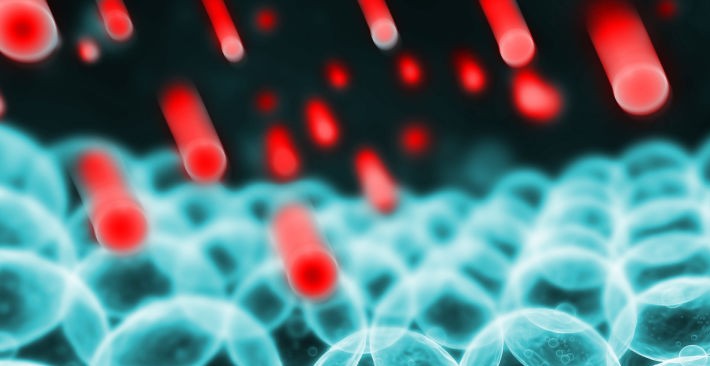Bioelectricity is a phenomenon that has fascinated scientists and researchers for centuries. From the early experiments of Luigi Galvani, who discovered the electrical currents that control muscle movements, to the latest advancements in renewable energy, bioelectricity has proven to be a powerful force with numerous applications.
What is Bioelectricity?
Bioelectricity refers to the electrical currents that are generated by living organisms. These electrical currents are created by the movement of charged particles across the membranes of cells. This can include the electrical signals that control the behavior of cells and tissues, such as the firing of neurons in the brain or the contraction of muscle fibers.
The generation of bioelectricity is based on the movement of ions, such as sodium, potassium, and calcium, across the membranes of cells. These movements create electric potentials that can be measured and manipulated using electrodes and other instrumentation.
Bioelectricity plays a vital role in many biological processes, including the regulation of heart rate, the transmission of signals in the nervous system, and the movement of muscles. It is also the basis for many medical technologies, such as electroencephalography (EEG), electrocardiography (ECG), and deep brain stimulation (DBS).
Some applications of Bioelectricity
In recent years, scientists have been exploring the potential uses of bioelectricity in various applications, such as biomedicine, energy, and environmental monitoring. This is an area of research that has the potential to impact many different fields. As scientists continue to explore the properties and potential uses of bioelectricity, we may see new applications emerge, including medical cancer treatment.
Cancer and Bioelectricity
Cancer is a complex disease that requires a multifaceted approach to treatment. While traditional therapies such as chemotherapy and radiation remain standard treatments, new research has shown that bioelectricity can play a critical role in enhancing the efficacy of these therapies. It is a relatively new field of research, but it has shown promising results in preclinical studies (Learn more about the preclinical studies).
Cancer cells have been found to exhibit abnormal electrical properties compared to normal cells. Specifically, cancer cells tend to have a higher resting membrane potential and are more prone to depolarization. These electrical changes can affect many aspects of cancer cell behavior, including proliferation, migration, and invasion.
Treatment with Bioelectricity
Bioelectricity is a powerful tool that can be used in cancer treatments. By understanding how electrical signaling affects cancer cells, researchers can develop new therapies that are more effective and have fewer side effects than traditional treatments. Below, are some treatments using bioelectricity:
- Tumor-Treating Fields (TTF): This technique is effective in treating various types of cancer. TTF can be useful in cancer treatments through the use of electrical fields. This includes applying an electric field to cancer cells which can induce apoptosis, cell death, and inhibit tumor growth.
- Electrochemotherapy: Another way that bioelectricity can improve cancer treatment outcomes is through the use of electrochemotherapy. This technique involves using electric fields to enhance the uptake of chemotherapy drugs by cancer cells. By applying an electric field to the tumor, the cell membranes become more permeable, allowing the chemotherapy drugs to enter the cells more easily.

Over 70,000 accurate scientific figures to boost your impact
Mind the Graph platform provides a simple and intuitive way for scientists and researchers to create beautiful and effective scientific posters with minimal effort.
By streamlining the poster design process and offering a range of customizable templates and graphics, the platform helps researchers effectively communicate their findings and stand out at scientific conferences and other events.

Subscribe to our newsletter
Exclusive high quality content about effective visual
communication in science.




